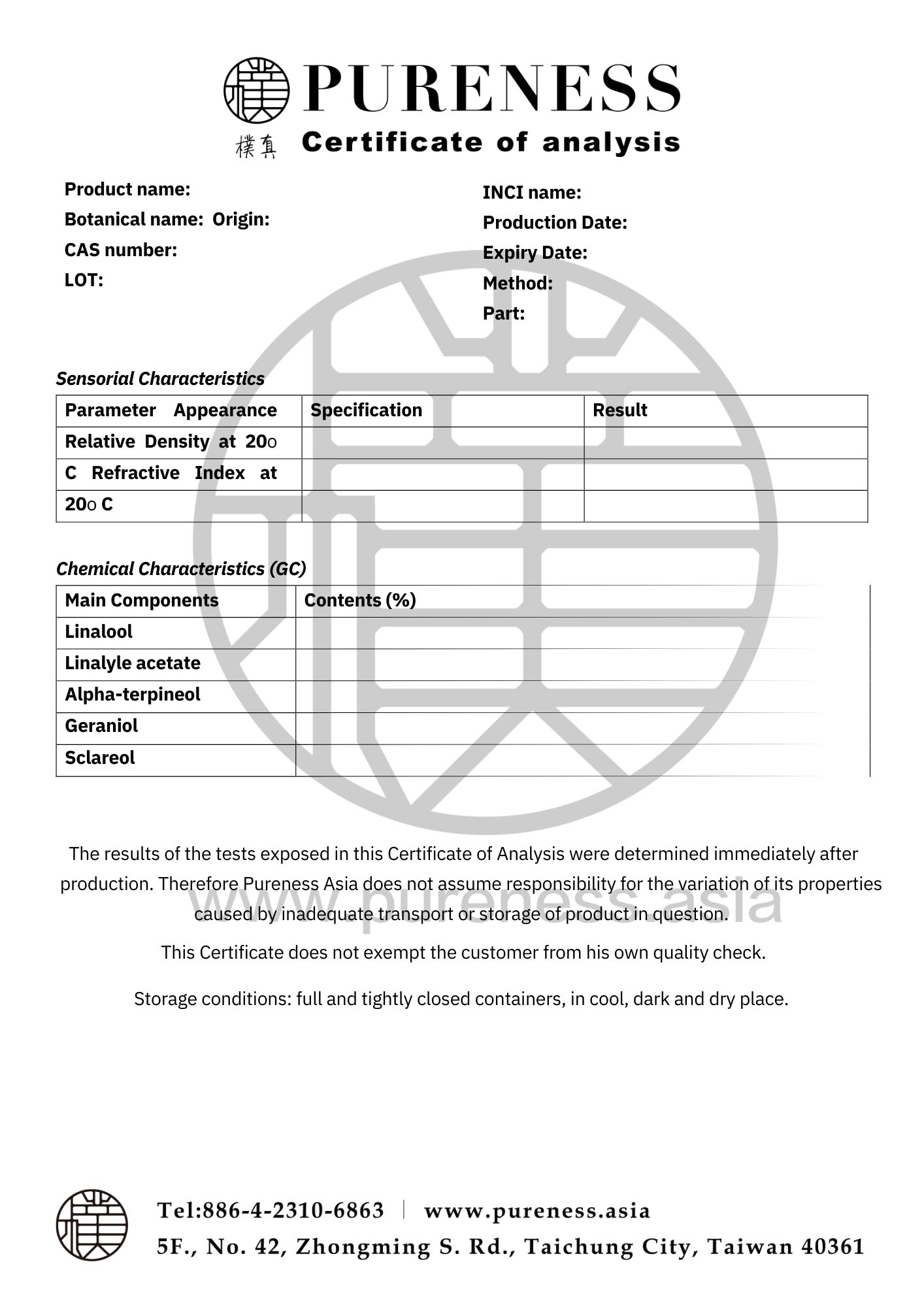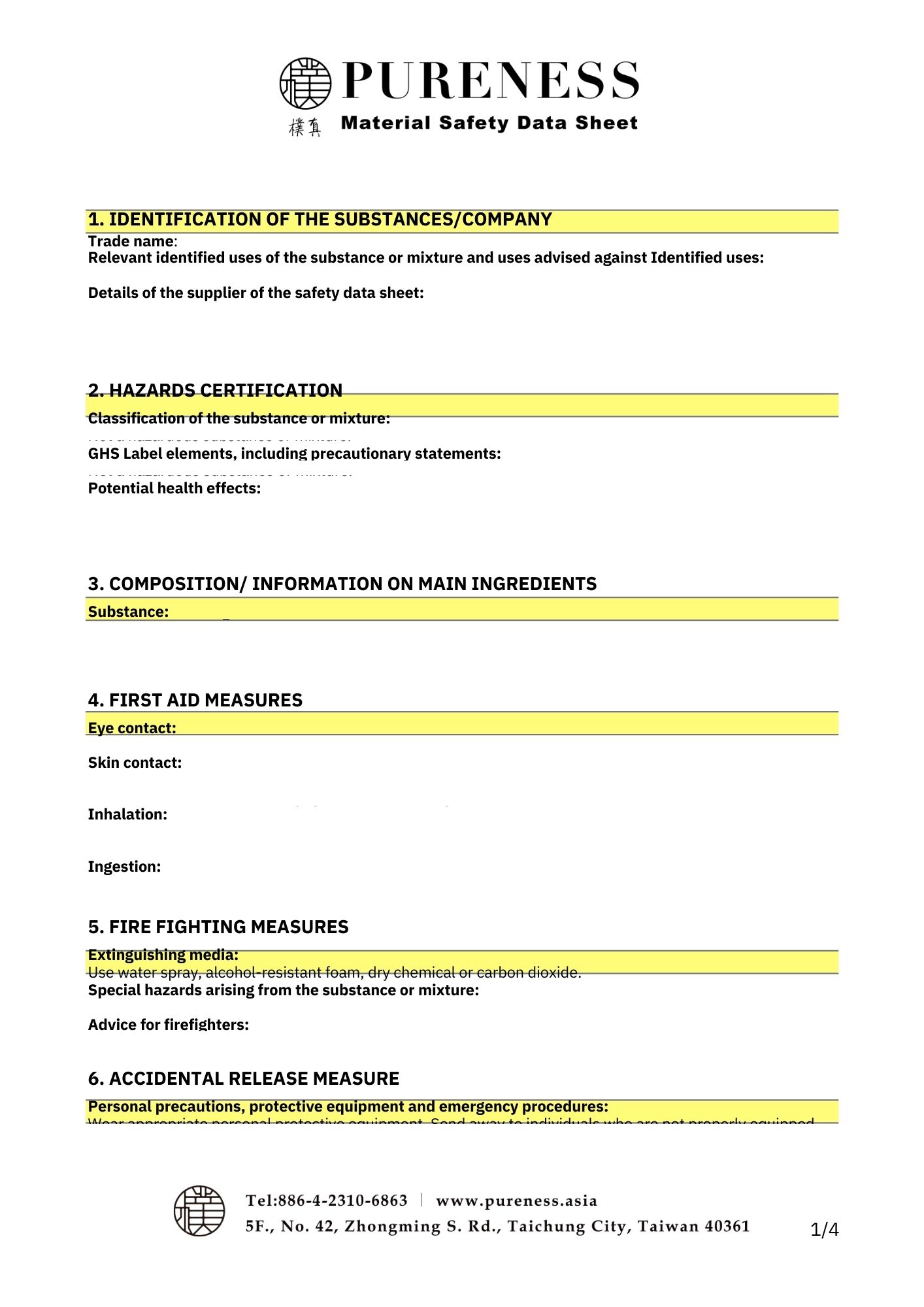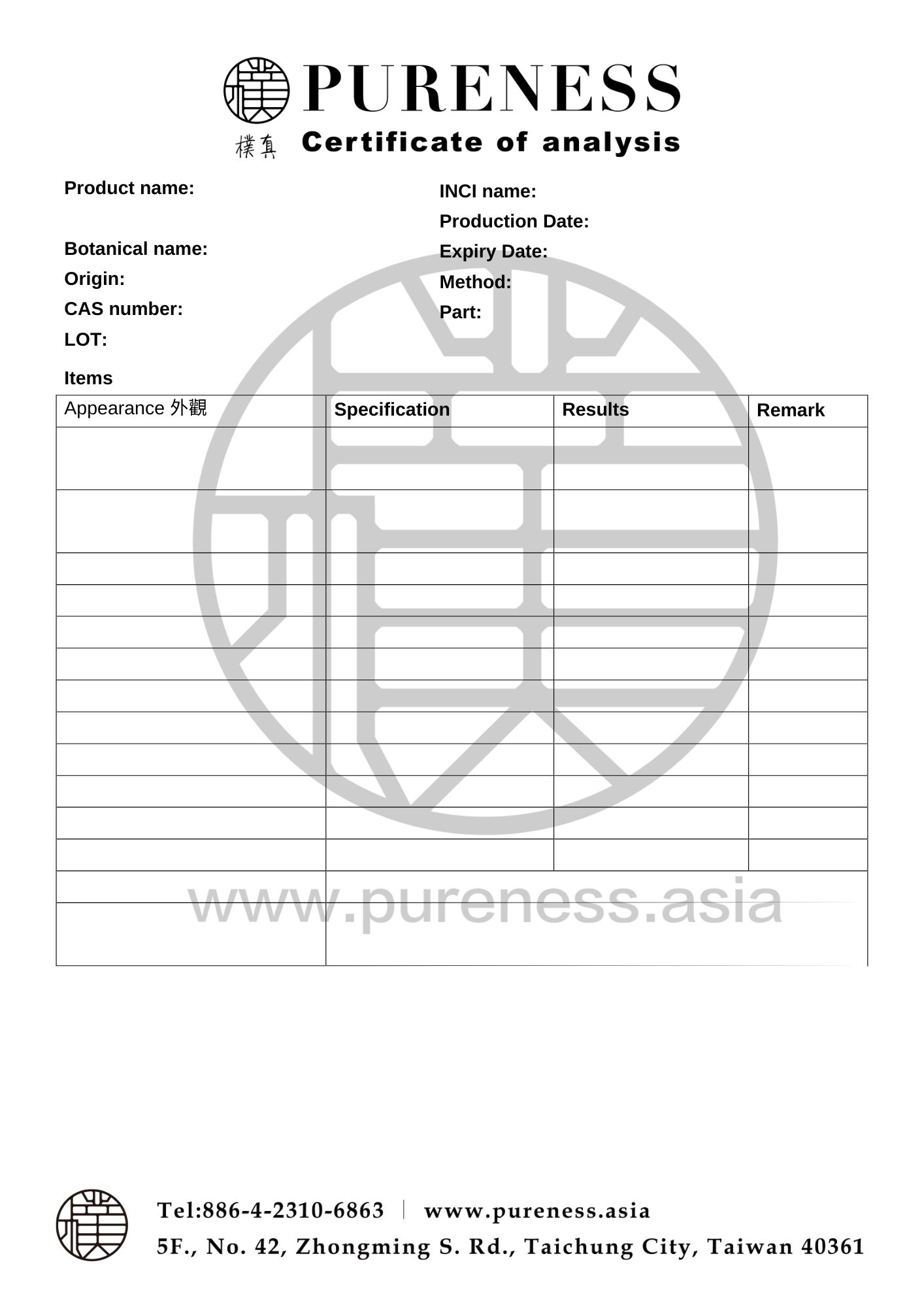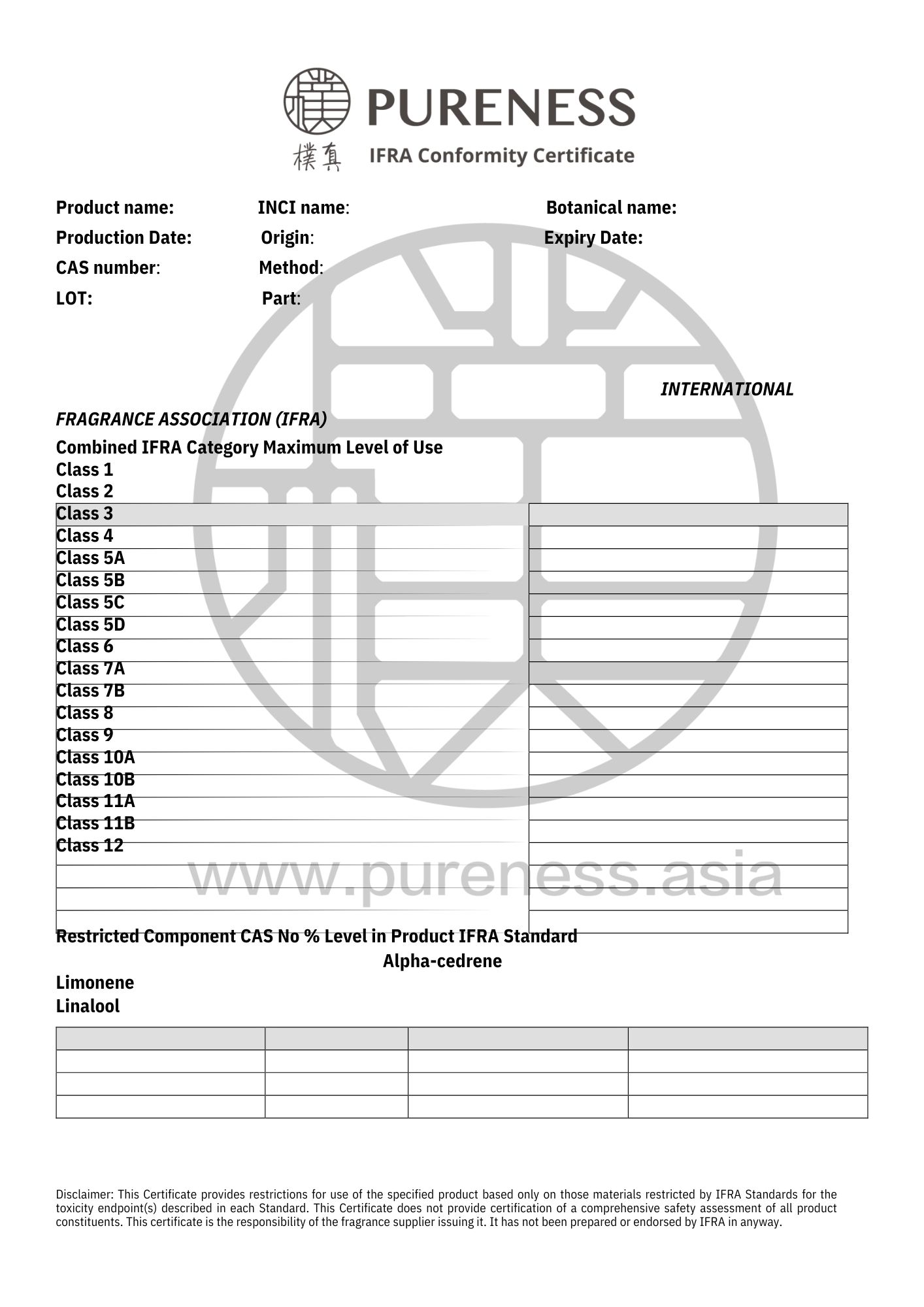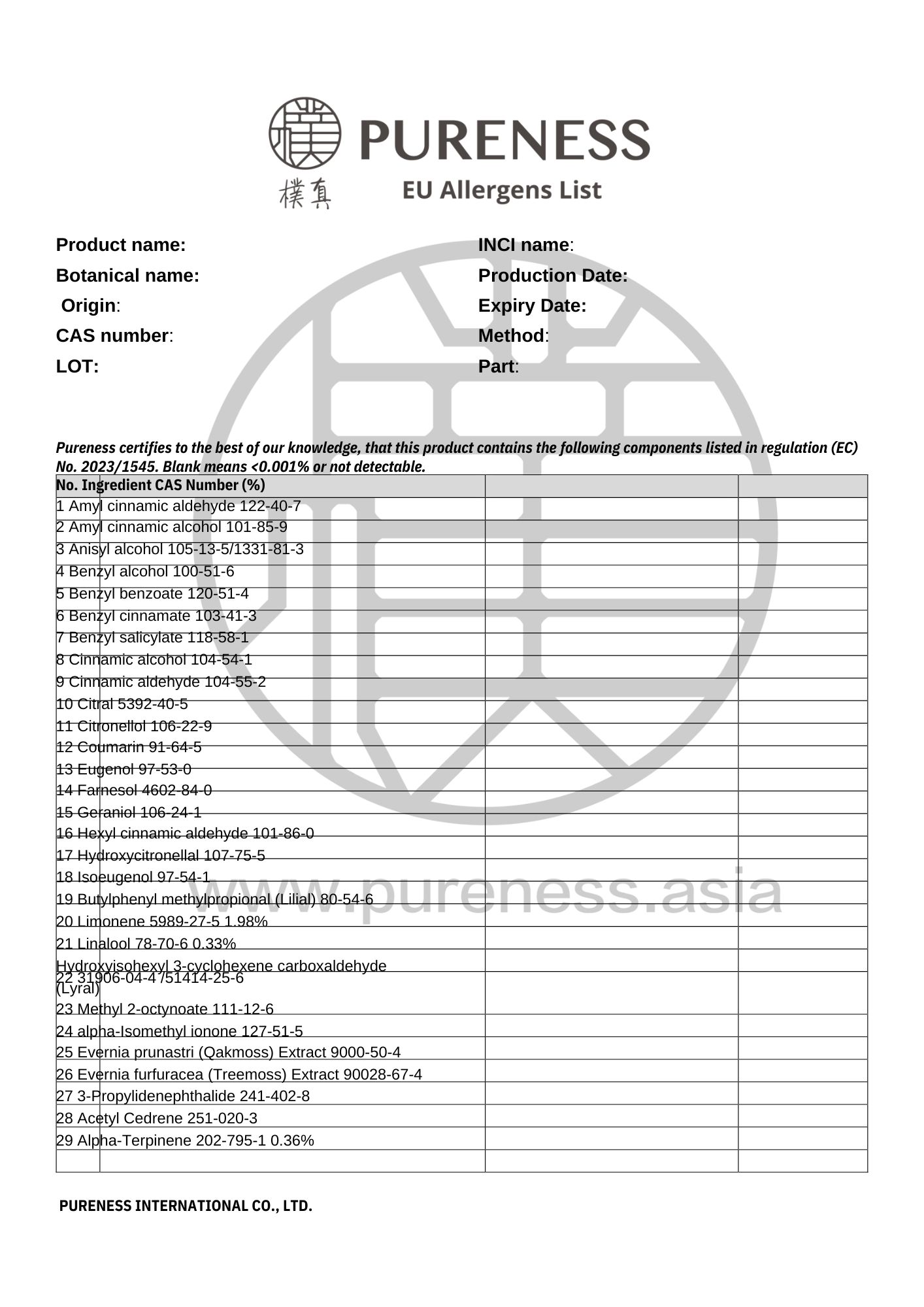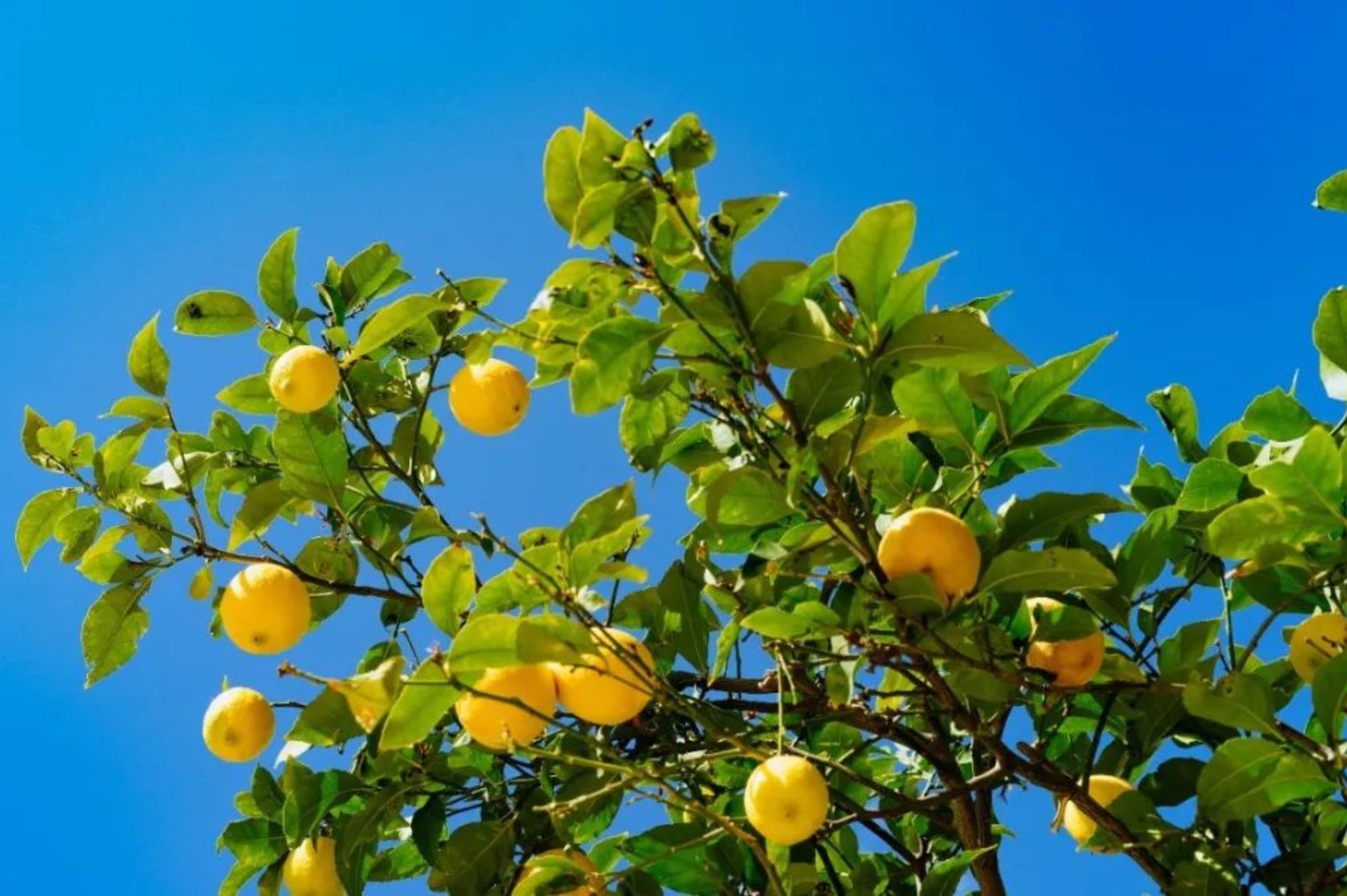
Lemon
Scientific name|Citrus limon
Origin|Italy
Classification|Fruit series
Specifications|500g-25kg Please contact sales for details
Extraction part|Peel
Extraction method | Cold pressed
Plant family|Rutaceae
Aroma|Fresh and pure
▎Essential Oil Introduction
Lemon (Citrus limon), native to India, is an evergreen plant that can grow up to 6 meters tall. Its leaves are pale green with serrated edges, and its fruit is oval-shaped, turning yellow when ripe. Depending on the variety, the fruit's skin can be smooth or rough, and the flowers may be pink or white.
The English word "lemon" comes from the Arabic "laimun" or Persian "limun." The lemon tree was introduced to Europe by Crusaders during the Middle Ages. Its fruit is rich in vitamins A, B, and C. Essential oil is extracted from the fruit's peel, but its composition differs from that of fresh lemon juice. The beauty of lemons is also used to symbolize the youthful and refreshing appearance of the Roman goddess Juventas.
Lemon essential oil is primarily extracted using cold pressing. Essential oil extracted via steam distillation does not contain furanocoumarins, and the aromas and components of the two methods differ. Cold-pressed lemon oil retains the original scent of the lemon peel, and its color ranges from pale to yellow-green, gradually turning brown over time.
▎Component Analysis
|Main component: Monoterpenes
Its components include limonene, β-pinene, γ-terpinene, α-terpineol, α-pinene, p-cymene, sabinene, β-caryophyllene, and neryl acetate. Additionally, it contains trace amounts of non-volatile phototoxic compounds, such as oxypeucedanin, bergamottin, and bergapten.
|Research Validation

▸ In the research on lemon and aromatic herbs, there are studies examining the effects of lemon on sympathetic and parasympathetic nervous system activity.

▸ Yavari Kia et al.'s research involves trials on the impact of inhaling lemon aromatherapy on appetite and pregnancy during gestation.
|Raw Material Certifications
To obtain relevant certification information, please contact us on WhatsApp.
▎References
- 吸入檸檬和纈草對憂鬱和健康受試者的自主神經活動的影響。國際精油治療期刊 2009 年第 3 卷第 1 期第 3-8 頁 ref.56
- Teruhisa Komori,Takuya Matsumoto,Eishi Motomura,Takashi Shiroyama。吸入纈草的增強睡眠作用和吸入檸檬的睡眠縮短作用。化學感官,2006 年 10 月;31(8):731-7。
- 法比奧·范德雷森等人。新型 R-(+)-檸檬烯基縮氨基硫脲及其對人類腫瘤細胞株的抗腫瘤活性。Eur J Med Chem.2014 年 5 月 22 日;79:110-6。
- Yavari kia 等人,檸檬吸入芳香療法對妊娠噁心和嘔吐的影響:雙盲、隨機、對照臨床試驗。伊朗紅新月會醫學雜誌,2014 年 3 月;16(3):e14360。
- Hajizadeh MR、Maleki H、Barani M、Fahmidehkar MA、Mahmoodi M、Torkzadeh-Mahani M。D-檸檬烯類脂質體的體外細胞毒性測定:一種用於增強植物萃取物溶解度的有效奈米載體。研究藥物科學。2019 年 10 月 4 日;14(5):448-458。
- 張Y,辛C,邱J,王Z。紅鬆鬆果精油透過HIPPO/YAP訊號路徑抑制胃癌細胞。分子。2019 年 10 月 25 日;24(21):3851。
- El Majzoub R, Fayyad-Kazan M, Nasr El Dine A, Makki R, Hamade E, Grée R, Hachem A, Talhouk R, Fayyad-Kazan H, Badran B。縮氨基硫脲衍生物誘導三陰性乳癌細胞凋亡: miRNA-125a-5p 和 miRNA-181a-5p 的可能作用。基因基因體學。2019 年 12 月;41(12):1431-1443。
- Morikawa H, Yamaguchi JI, Sugimura SI, Minamoto M, Gorou Y, Morinaga H, Motokucho S.四種非對映體不同的檸檬烯-1,2-二醇及其相應的環狀碳酸酯的系統合成研究。貝爾斯坦有機化學雜誌。2019 年 1 月 14 日;15:130-136。
- Al-Asmari AK,Athar MT,Kadasah SG.阿拉伯地區藥用植物更新的植物藥理學評論:ApiumgravolensLinn。Pharmacogn Rev. 2017 年 1 月-6 月;11(21):13-18。
- da Silva AP、Martini MV、de Oliveira CM、Cunha S、de Carvalho JE、Ruiz AL、da Silva CC。基於 (-)-α-紅沒藥醇的縮氨基硫脲對人類腫瘤細胞系的抗腫瘤活性。Eur J Med Chem。2010 年 7 月;45(7):2987-93。
- Shukla S、Srivastava RS、Shrivastava SK、Sodhi A、Kumar P。4-亞芳基氨基/環烷基氨基1, 2-萘醌縮氨基硫脲的合成、細胞毒性評估、對接和計算機藥代動力學預測。J 酶抑制醫學化學。2013 年 12 月;28(6):1192-8。
- Crowell PL,Siar Ayoubi A,Burke YD。檸檬烯和紫蘇醇對胰臟癌和乳癌的抗腫瘤作用。高級實驗醫學生物學。1996;401:131-6。
|Some images sourced from the internet. Contact for copyright removal|
